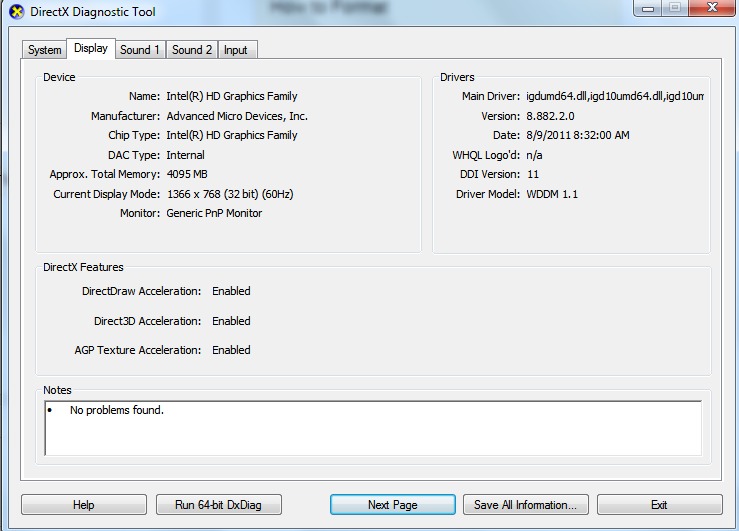You can learn how to check graphics card (GPU) Windows 10 or older with this article. You might want to take a look if your system is powerful enough to play a game that was just released. If that is the case and you want to check what GPU your PC has, we got you covered.
All computers, regardless of platform or cost, are equipped with graphics hardware. Everything from displaying your desktop to decoding videos to playing demanding PC games is handled by the graphics hardware. Intel, NVIDIA, and AMD make the majority of modern PCs’ graphics processing units (GPUs), but remembering which model you have installed might be difficult.

While CPU and RAM are crucial, the GPU is usually the most essential component when it comes to playing PC games. You won’t be able to play newer PC games if you don’t have a strong enough GP, or you may need to play them with lower graphical settings.
Onboard or integrated graphics are available on some computers, while distinct or dedicated graphics cards (also known as video cards) are present in others. Here’s how to check what GPU your Windows PC has installed in it.
How to check graphics cards?
On Windows 10, you can see your GPU information and usage statistics right from the Task Manager. To access the task manager, press Ctrl+Shift+Esc or right-click the taskbar at the bottom of your screen and select “Task Manager.”
Select the “Performance” tab at the top of the window. If you don’t see any tabs, click “More Details.” In the sidebar, choose “GPU 0.” The GPU’s manufacturer and model names are displayed in the upper right corner of the window.

In addition, the usage of each system component and the amount of dedicated memory on your GPU will be displayed. The usage of your GPU by Windows 10’s Task Manager is shown in this window, as well as application-level GPU usage. If you have more than one GPU, you’ll see “GPU 1” and so on here. Each symbolizes a distinct physical GPU.
Check what GPU you have on your older Windows PC
On Windows version prior to 10, this data may be found in the DirectX Diagnostic Tool. To start it, open the Run dialog and input “dxdiag.” Press Enter to begin. Look at the “Name” field in the “Device” section of the “Display” tab for other data such as how much video memory (VRAM) your GPU has.

You can select which GPU a game uses from the Windows 10 Settings app if you have multiple GPUs in your system, such as a laptop with a low-power Intel GPU for use on battery power and a high-powered NVIDIA GPU for when plugged in and gaming. These settings are also available via the NVIDIA Control Panel.
We hope that you found this simple guide on how to check what GPU you have on your PC useful.





